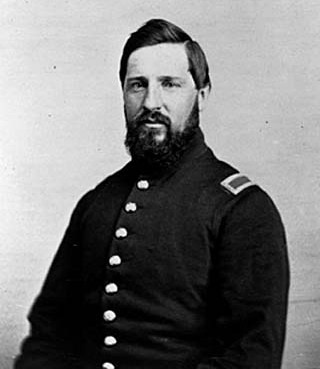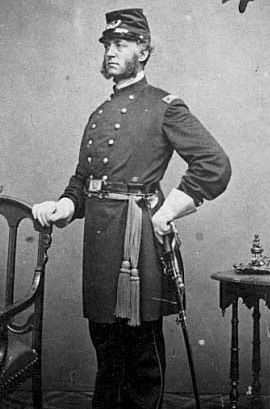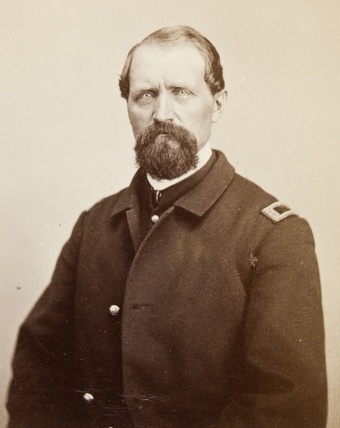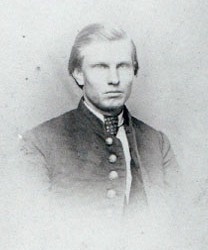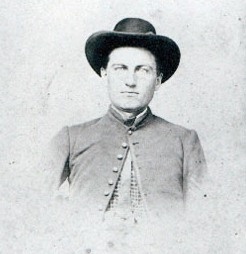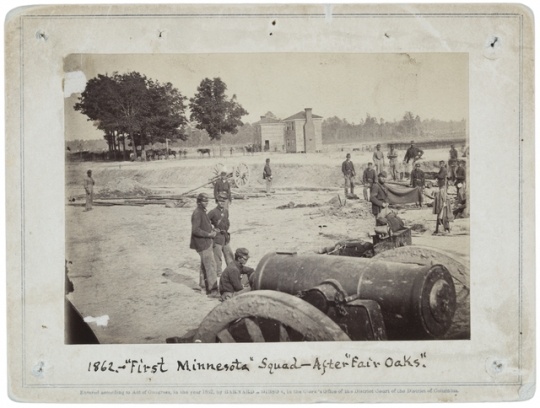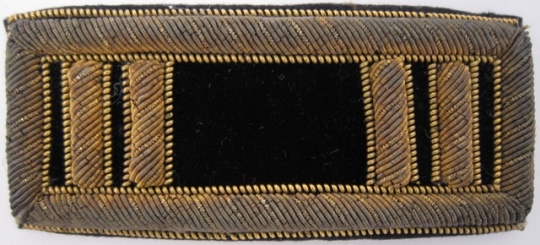Minnesota raised two companies of sharpshooters during the Civil War. Both were in the elite Berdan’s Sharpshooters brigade. The Second Company of Minnesota Sharpshooters, however, served out most of its three-year enlistment with the premier regiment of the state: the First Minnesota Volunteer Infantry Regiment.
On June 13, 1861, Colonel Hiram Berdan of New York proposed forming a regiment of sharpshooters. The U.S. government quickly accepted Berdan’s suggestion, authorizing a second regiment as well.
Recruited early, the First Company of Minnesota Sharpshooters went on to become Company A of the Second U.S. Sharpshooters Regiment. The Second Company of Minnesota Sharpshooters was recruited in St. Paul between November 23, 1861, and March 17, 1862. The company was sent east a month later to join the Army of the Potomac.
The Second Company was assigned to the First U.S. Sharpshooters Regiment and given the designation of Company L. The company received its equipment and weapons when it was already in a combat zone: the Virginia Peninsula between the James and York Rivers. Its men were armed with the supremely accurate and reliable Sharps rifle. These fired cartridges loaded at the breech of the weapon, and had a much higher rate of fire than the muzzle-loading muskets used by most other troops.
The company received its first drilling in company movements and skirmishing on May 12, and participated in the Battle of Hanover Courthouse two weeks later.
On May 30, 1862, Captain William F. Russell received Order #153, which instructed him to detach Company L from the First Regiment U.S. Sharpshooters and attach it to the First Minnesota Volunteer Infantry.
In the Battle of Fair Oaks/Seven Pines on May 31 and June 1, Company L missed going into action with the First Minnesota, as the regiment was already fighting. On June 1, the company was engaged in the battle, and finally connected with the First on June 2. From that point until the regiment mustered out of service, Company L fought with the First Minnesota.
The hard marching and swampy, unsanitary conditions of Virginia’s Peninsula took a toll on the company. On June 10, 1862, Merrill Dwelle of Company L wrote to his sister from the Fair Oaks battlefield. He described the sickness that plagued the men, including its officers, and remarked that they had been unusually active for such a “green” company.
They continued to be active, but didn’t stay green for long. They fought in most of the Seven Days Battles during the Peninsula Campaign, and went into action with about forty-two men on September 17, 1862, at the Battle of Antietam. In ten minutes, twenty of those men were wounded, one mortally.
At Gettysburg, the company was detached from the First Minnesota and sent to support an artillery battery near Cemetery Hill. They fought in this position on July 2 and 3, 1863, sniping at Confederates across the fields and helping to turn back Pickett’s Charge.
By the end of November 1863, the entire company had been assigned to provost guard (military police) duty at their division’s headquarters.
In February 1864, the First Minnesota was sent back to the state to be mustered out of service in the spring. Not enough men were recruited, re-enlisted, or still had time on their original enlistments to keep the regiment in service. But there were enough to form the new First Battalion of Minnesota Volunteers, composed of Companies A and B.
On May 3, 1864, General U.S. Grant’s Overland Campaign launched the Army of the Potomac into nearly forty-eight consecutive days of exhausting marches and savage combat, including the Battles of the Wilderness, Spotsylvania, and Cold Harbor. Portions, and often all, of Company L were repeatedly pulled from provost duty and put on the battle line. The campaign ended with a nearly year-long siege of the city of Petersburg, just south of Richmond, Virginia.
On March 19, 1865, the Second Company of Minnesota Sharpshooters reached the end of its three-year enlistment. Eighteen men re-enlisted, and a handful still had time on their original enlistments. All were transferred to either Company A or to the newly formed Company C of the First Battalion of Minnesota Volunteers.










